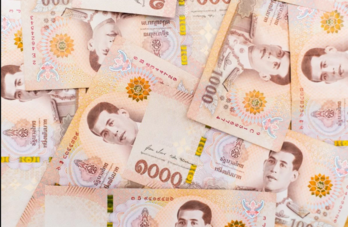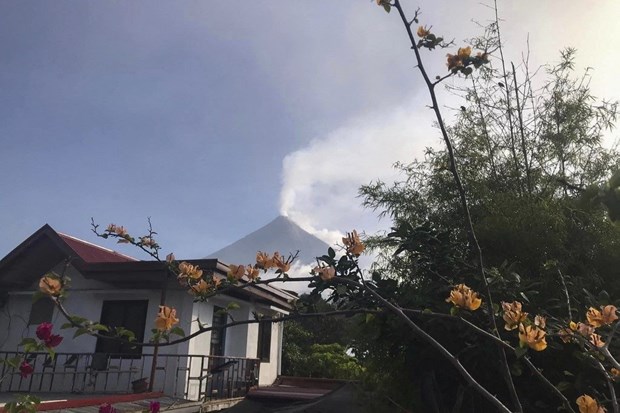Philippines warns health concerns as volcano spews ash
Philippine authorities on June 11 gave “health concern” warnings due to ash cloud and toxic gases spewing from Mayon volcano.
-
 IMF predicts Thai growth at 1.6% for 2026
IMF predicts Thai growth at 1.6% for 2026
- Earthquakes rattle parts of Southeast Asia
- Southeast Asia’s digital economy to top 300 billion USD by end 2025
- Severe flooding reported in central Thailand
- Thailand demands Meta explain massive personal data leak affecting millions of users
- Thailand launches programme to boost tourism in border provinces
- Indonesia’s palm oil production set to rise 10% in 2025
- Timor-Leste seeks trade & investment expansion following ASEAN accession
- Vietnam to supply rice seeds for Cuba’s 2026 crop
- RoK, Cambodia agree to set up task force to combat online scams



